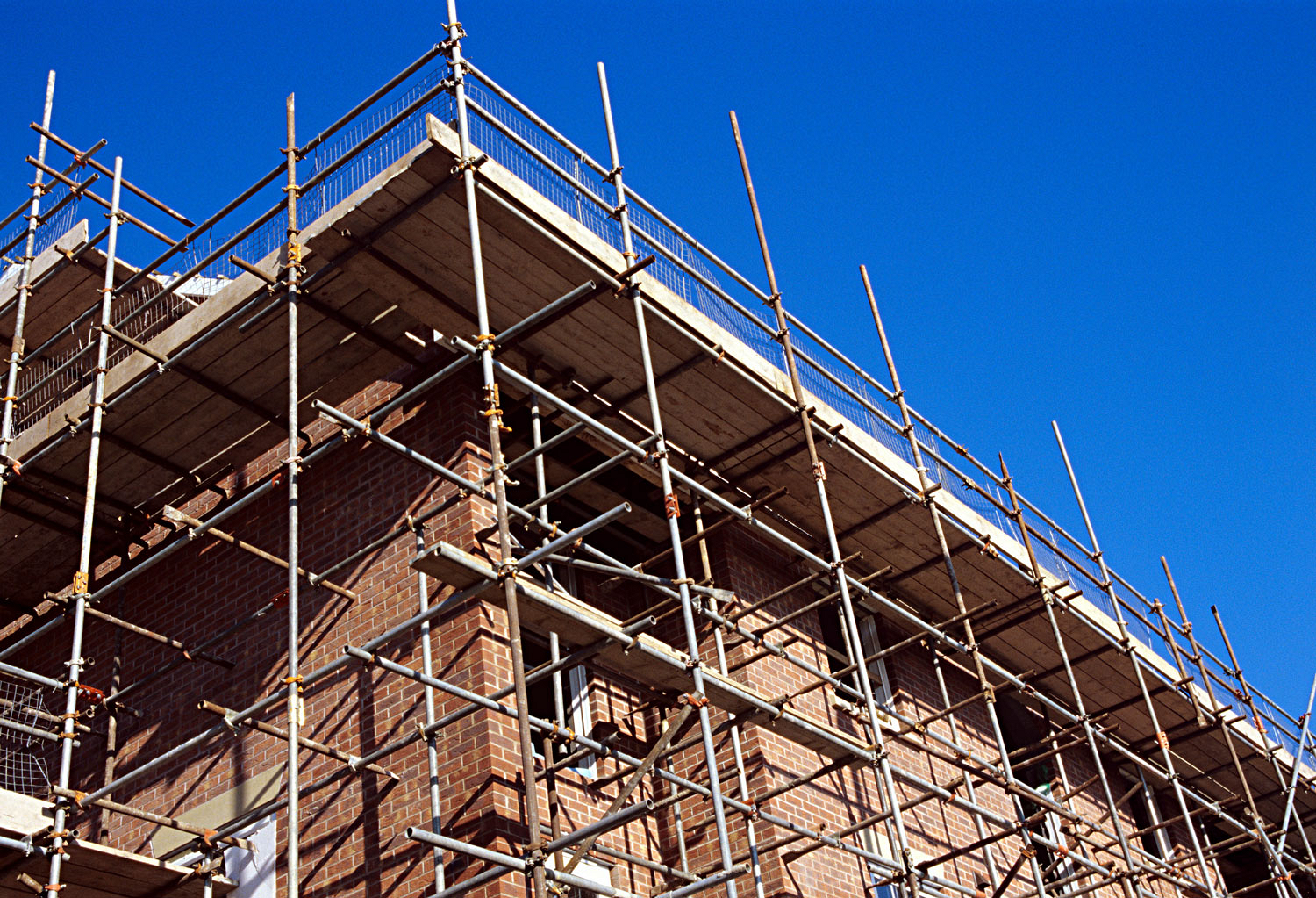
Recent health and safety improvements on housing sites
Published May 28, 2024
Health and safety in the construction environment has undergone significant development over recent years. Large scale construction companies have driven up standards across the industry and many of these improvements have been adopted and implemented by the housebuilding sector. The impact of information and messaging by the Health and Safety Executive and their enforcement action has also promoted a more risk-averse approach to health and safety management on site.
Perhaps the most high-profile development in site safety has been the measures taken to combat the impact on personnel of silica and timber dust. The use of Respiratory Protective Equipment in the category FFP3 (and face-fit tested) is now stipulated on site and control measures for equipment involving dust collection bags/attachments, vacuum attachments, water suppression, and segregation measures are regularly applied to dust-generating work activities.
Improvements in standards have been implemented across the full range of construction activities. The site is now identified as a workplace, and the welfare facilities and offices environment now meet specific requirements set out in the Construction (Design and Management) Regulations 2015. Site compound facilities have improved to the point where walkways resemble finished property footpaths with concrete slabs leading to each temporary building. On site, designated walkways provided to segregate site vehicles from personnel have been introduced into roads, footpaths, and general circulation areas around properties under construction along with designated crossing points. These extend into garden and general site circulation areas under construction to minimise the potential for contact between personnel and site plant/vehicles. Extensive use of pedestrian barriers and crossing point ‘hoops’ with gates is commonplace.
Fall prevention and arrest systems have been provided in the form of crash decks, enclosures at the top of ladders where significant fall potential exists and scaffolding incorporating appropriate edge protection. Falling object prevention measures such as brick guards at all working lifts have been consistently provided. Loading bays are regularly included to deliver materials to the point of work, avoiding manual handling. These bays incorporate cantilevered gates and weight capacity notices to avoid the potential for falling objects or the scaffold platform to become overloaded. The management of work at height has improved with the move toward scaffold contractors consistently providing Compliance Sheets, Handover Certificates and carrying out regular recorded scaffold inspections (under the new TG20:21 guidance for scaffold design). The inspections are detailed in weekly scaffold reports and indicated on scaffold tags.
Stair edge protection is provided using proprietary products designed to avoid the potential for falls. Pedestal floor-fixed supports for timber guardrails and midrail edge protection have become commonplace at landings and floor openings. Access hatches at stairwells allow crash decks to be installed at first floor level and across the stairwell area which avoid the potential for personnel to fall inwards from the external scaffold at eaves level to the first floor. The hatch and edge protection systems allow safe systems of work to be implemented in the installation of stairs.
Fire safety has taken a higher profile in the preparation for construction projects in the form of Fire Risk Assessments and Fire Plans, particularly when using prefabricated timber-framed products. Regularly updated fire plan information is displayed in site offices. The equipment provided for fire detection and alarm is selected to combat fire hazards in the workplace and has improved significantly. The move to eliminate hot works where possible using plumbing fittings that do not require heat to make seals has been a feature of most modern building projects.
Temporary Works awareness has been raised within the industry. There has been a move to train personnel to act as Designated Individuals, Temporary Works Coordinators and Temporary Works Supervisors within the sector. The preparation of Temporary Works Registers has become part of the pre-construction project planning phase and design information is obtained for all items identified as Temporary Works involving everything from temporary floor support structures to the heras fencing often used to enclose the site boundary.
Security of the site has taken on a far higher profile. Sites are fully enclosed by heras fencing despite the extensive perimeter of the construction area. Principal Contractors have become more aware of their duty to prevent unauthorised access to site by supplying a suitable, regularly inspected site boundary protection barrier and appropriate substantial gates at the site entrance with appropriate site signs. Some contractors have provided ladder locks at every access to scaffolding.
Environmental protection measures have taken on greater significance in recent years. Measures to prevent water run-off and protect the ground at the site silo/mortar mixing areas have been a feature of greater awareness of environmental issues generally.
Construction sites are constantly evolving and reacting to the hazards presented by materials and their installation techniques. Successful construction companies and the subcontractors that provide specialist trade services have embraced modern health and safety development and make every effort to provide a safe working environment.
Source: SSG